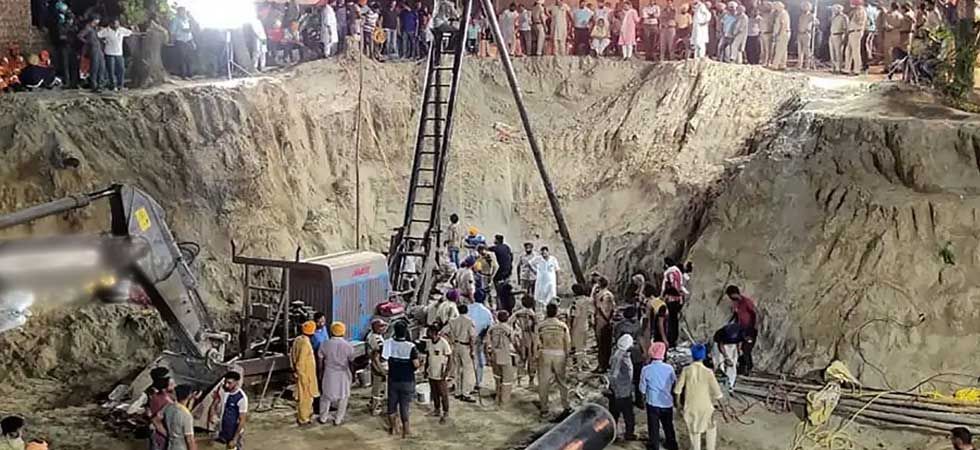
How Prince was rescued from a borewell in Haryana in 2006

In the past couple of days, the rescue operations of Sujith Wilson, a two-year-old boy who is trapped in an abandoned borewell in Tamil Nadu’s Trichy district, has become a kind of ‘Peepli Live’ situation. But, this is not the first time that an incident received such media attention.
In July 2006, Prince, a six-year-old boy from Haryana’s Kurukshetra district, was trapped in 60-feet borewell, which had a diameter of 16 inches. Subsequently, Kharga Corps from the Ambala Cantonment was informed. After hours of attempts, the rescuers finally found another dry well near the one where Prince had fallen.
According to media reports, 3-feet diameter iron pipes were used to connect the two wells and after 50 hours of struggle, he was finally rescued, that too on his sixth birthday. During his rescue mission, the then prime minister Manmohan Singh had sent out a message for his safe return. The rescue operation received wide coverage from the national media.
It must be noted that he was the first child to be rescued alive from a borewell. According to National Disaster Response Force (NDRF) data, before Prince, about seven children were reported to have fallen in borewells across the country but, they couldn’t be retrieved alive.
In 2009, taking suo moto cognisance, the Supreme Court had issued guidelines for preventing fatal accidents of children falling into abandoned borewells. It had directed the states to take action as per the guidelines. In 2013, the top court revised its 2009 guidelines.
One of the major revisions made in the guidelines was to fill the abandoned borewells with clay, sand, boulders or pebbles. It also proposed constructing a barbed fence around such borewells. These revisions were mandatory by the court. However, most of the states, including Tamil Nadu, didn’t take any action based on the revised guidelines.
It may be noted that in 2014, a public interest litigation was filed at the Madras high court to come up with safety rules regarding such incidents. While Hearing the litigation, the court had ordered the Tamil Nadu government to take necessary steps in this regard.
Thereafter, in 2015, the Rural Development and Panchayat Raj department notified the borewell safety rules under Tamil Nadu Panchayats Act and the same was published in the gazette.
NDRF’s standard operating procedure
According to the National Disaster Response Force (NDRF)’s standard operating procedure (SOP) on borewell incident response, more than 40 children have been reported to have fallen into borewells across the country since 2009.
Statistics available since 2006 suggest that over 33 deaths have occurred due to being trapped in borewells, it says, adding that in such cases, 70% of the conventional child rescue methods fail. “The most mournful fact in that figure is that, 92% of that victim is under the age of 10,” it says.
The disaster response forces are ought to prepare a list of items before carrying out borewell rescue operations, which includes borewell rescue equipment such as thermal imaging camera, life jacket, ladder, et al. Besides, they require essential medical use items, communication equipment, transport vehicles, arms and ammunition for security personnel, and other miscellaneous items such as tents, LPG cylinders and safety vests.
They also follow a list of ration items, utensils and personal equipment of the NDRF responders during such operations.


